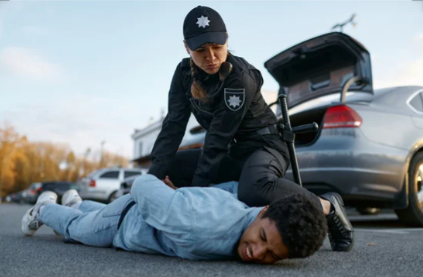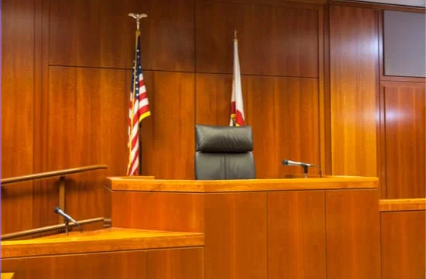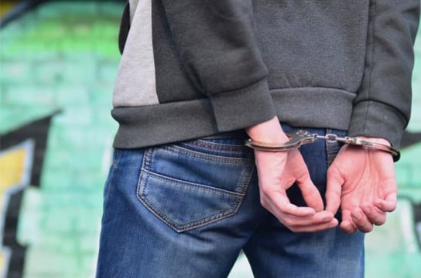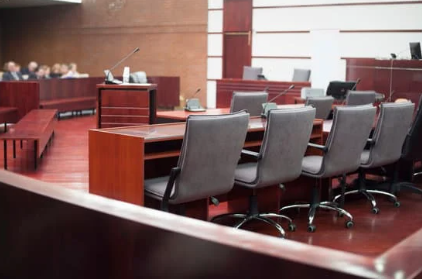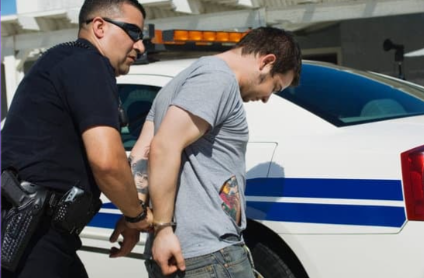San Diego residents expect their police force to maintain safety and integrity. Unfortunately, misconduct can occur. Knowing your rights is vital for protection.
Understanding Police Misconduct
Police misconduct covers a range of illegal activities or improper behavior by officers. This can violate civil rights and lead to serious consequences.
Examples of Police Misconduct in San Diego
- Brutality: Use of excessive force in apprehending suspects.
- False Imprisonment: Holding someone without legal justification.
- Improper Conduct: Engaging in discriminatory practices during stops or arrests.
Your Rights in San Diego
You hold specific rights when dealing with police. These include:
- The right to remain silent and not provide self-incriminating information.
- The right to refuse searches without a warrant.
- The right to legal representation if arrested.
Actions to Take if You Encounter Police Misconduct
- Keep Records: Document all details about the incident.
- Submit a Complaint: File your grievance with the San Diego Police Department.
- Seek Legal Assistance: Contact Jerry L. Steering for experienced support.
If you face police misconduct in San Diego, act decisively. Call Jerry L. Steering at (949) 474-1849 or email Mr. Steering at jerry@steeringlaw.com.

Steering Law is a California-based civil rights and criminal defense firm led by Jerry L. Steering, Esq. The firm focuses on police misconduct cases, including excessive force, false arrest, malicious prosecution, contempt of cop incidents, and 42 U.S.C. §1983 civil rights actions, while also handling serious criminal defense matters. Steering Law is dedicated to protecting clients’ constitutional rights and delivering justice for individuals who have been wronged by law enforcement.


